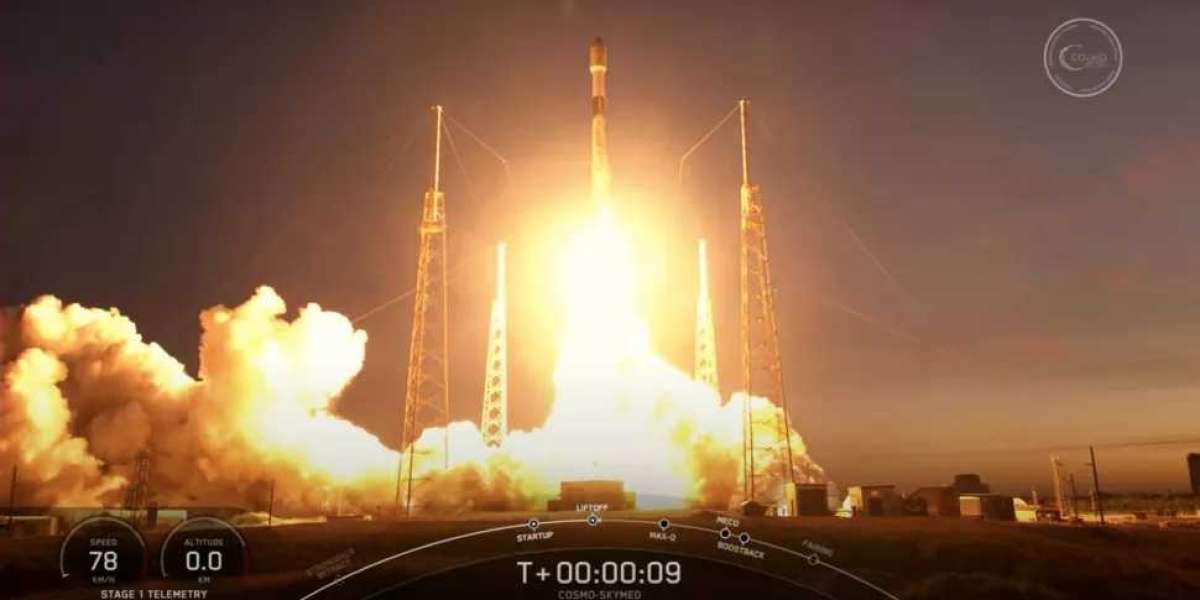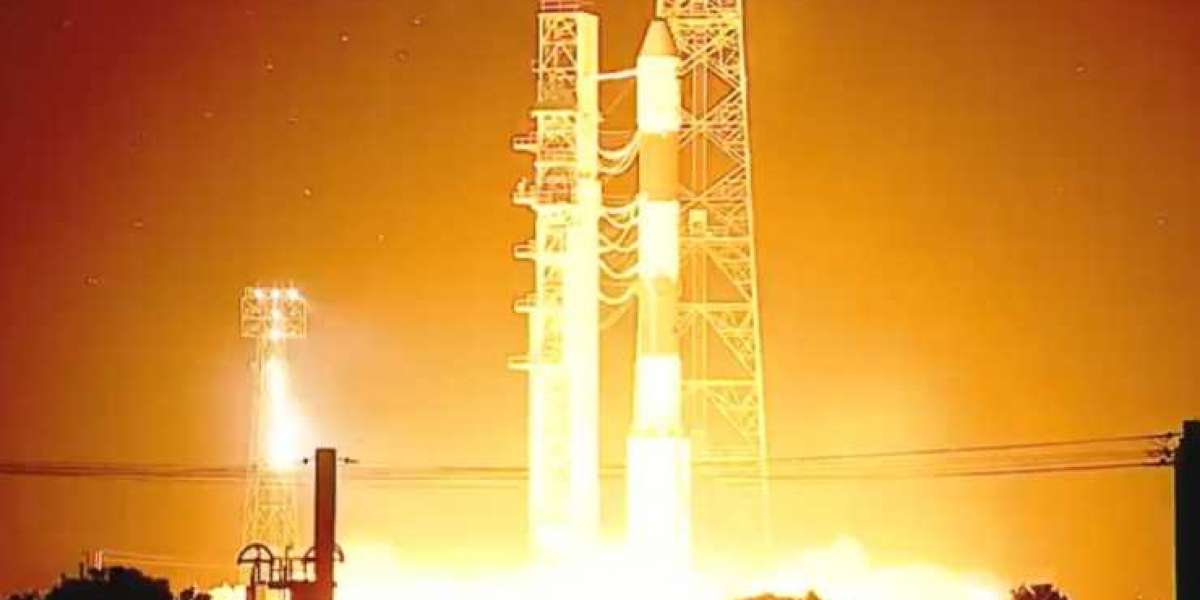At 6:11 p.m. on Monday (Jan. 31), a two-stage SpaceX Falcon 9 rocket carrying the Cosmo-SkyMed Second Generation FM2 (CSG-2) satellite launched from Florida's Cape Canaveral Space Force Station. EST (Eastern Standard Time) (2311 GMT).
SpaceX had planned to launch the mission on Thursday (Jan. 27), but inclement weather prompted them to postpone it for three days. On Sunday (Jan. 30), Mother Nature finally cooperated, but a cruise liner strayed into the "no-go zone" downrange of Cape Canaveral, resulting in yet another scrub.
On Monday, though, everything fell into place. The Falcon 9 took off on schedule, and its first stage landed safely at Cape Canaveral just under eight minutes after liftoff. Meanwhile, the second stage proceeded to propel CSG-2 into orbit, eventually deploying the satellite 60 minutes after launch.
During the webcast of Monday's launch, SpaceX production manager Jessie Anderson noted the booster landing was the company's 104th during an orbital mission. This first stage had already flown twice as a side booster on SpaceX's enormous Falcon Heavy rocket. Today's flight was the first time a Heavy side booster was rebuilt and launched as a Falcon 9 on its own, according to Anderson.
SpaceX's long-term aims include decreasing the cost of flying to the point that grandiose exploration accomplishments like Mars colonization are economically possible. Indeed, according to Anderson, SpaceX planned to retrieve the CSG-2 mission's payload fairing — the protective "nose cone" that surrounds a payload during launch — on Monday in order to reuse it later.
The Italian Space Agency, the Italian Ministry of Defense, and the Italian Ministry of Education, Universities, and Scientific Research are all contributing to the Cosmo-SkyMed Second Generation program. The system consists of two satellites that use synthetic aperture radar to study the Earth (SAR).
CSG is a more advanced version of the Cosmo-SkyMed system.
"COSMO-SkyMed Second Generation['s] purpose is to monitor the Earth for the sake of emergency prevention, strategy, scientific and commercial purposes, providing data on a global scale to support a variety of applications among which risk management, cartography, forest and environment protection, natural resources exploration, land management, defense and security, maritime surveillance, food and agriculture management," European Space Agency officials wrote in a description of the program.
CSG-1, the first CSG satellite, was launched in December 2019 from Kourou, French Guiana, on an Arianespace Soyuz rocket, and is now in a sun-synchronous polar orbit at an altitude of 385 miles (620 kilometers). CSG-2 will be in the same orbit as CSG-1.
Today's launch represents the culmination of a hectic 10-day period for SpaceX. On Jan. 24, the company's robotic Dragon cargo spacecraft returned from the International Space Station, and the business plans to launch a batch of its Starlink broadband satellites as well as the NROL-87 mission for the United States from Florida on Tuesday (Feb. 1). On Wednesday (Feb. 2), the National Reconnaissance Office sent a message from Vandenberg Space Force Base in California to the National Reconnaissance Office.



